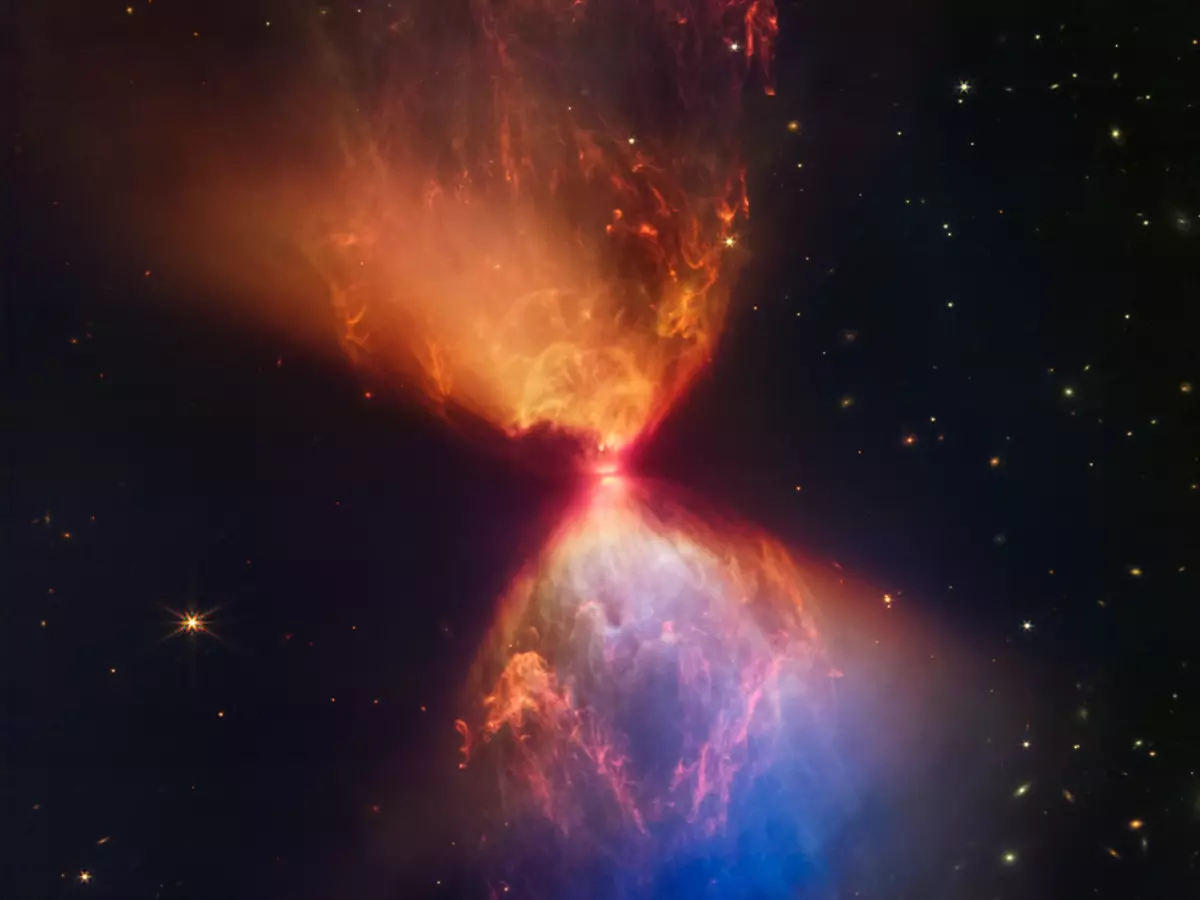James Webb Space Telescope Captures Hourglass Shaped Birth Of A Star
The James Webb Space Telescope has managed to capture an hourglass of light around a still-forming star

The James Webb Space Telescope has managed to capture an hourglass of light around a still-forming star. This star hasn't finished forming yet and has a disc of debris that might eventually become planets.
Situated 450 light years away, this star is being born in an star-forming region called the Taurus. The dark cloud of dust and gas that surrounds it is called L1527.
The protostar is 100,000 years old. Sounds old? It's not, in fact, it's in the very first stage of star formation. In the million years to come, the star will keep on compressing under its own gravitational pull in order to become a fully formed star. There about 400 billion stars in just the Milky Way galaxy.
 NASA
NASA
A star is born
In the new image clicked by JWST, the star is encased in a disc of dust and gas, which provides fodder to the star as it grows. Eventually, it might end up creating a system of planets.
In the centre of the image is situated the protoplanetary disc - which is the same size as our solar system. This is represented by a straight line across the hourglass' neck, as New Scientist described it.
Also read: James Webb Space Telescope Captures Haunting Image Of The Pillars Of Creation
What we see above and below the star is the shining light emanating from it, lending it the shape of an hourglass.
 ESA
ESA
Thanks to JWST's powerful capabilities, the image is available for us to see. Otherwise, in infrared wavelengths, such cosmic entities are invisible to the naked human eye.
The bright clouds visible in the images are a result of the material that is blasted outward by the protostar. This exercise creates turbulence in the nearby region to prevent the formation of other stars in the baby star's immediate surroundings.
Also read: A Knot Of Galaxies In Early Universe Discovered By James Webb Space Telescope
 Another pic clicked by JWST / NASA
Another pic clicked by JWST / NASA
Scientists hope to get a better idea about how stars are formed by observing such phenomena.
What do you think about this beautiful piece of space captured by James Webb Space Telescope? Let us know in the comments below. For more in the world of technology and science, keep reading Indiatimes.com.
References
Adkins, J. (2022, November 16). NASA¡¯s Webb Catches Fiery Hourglass as New Star Forms. NASA. https://www.nasa.gov/feature/goddard/2022/nasa-s-webb-catches-fiery-hourglass-as-new-star-forms/
https://www.newscientist.com/article/2347386-jwst-sees-a-stunning-hourglass-of-light-around-a-still-forming-star/?utm_campaign=RSS%7CNSNS&utm_source=NSNS&utm_medium=RSS&utm_content=currents
